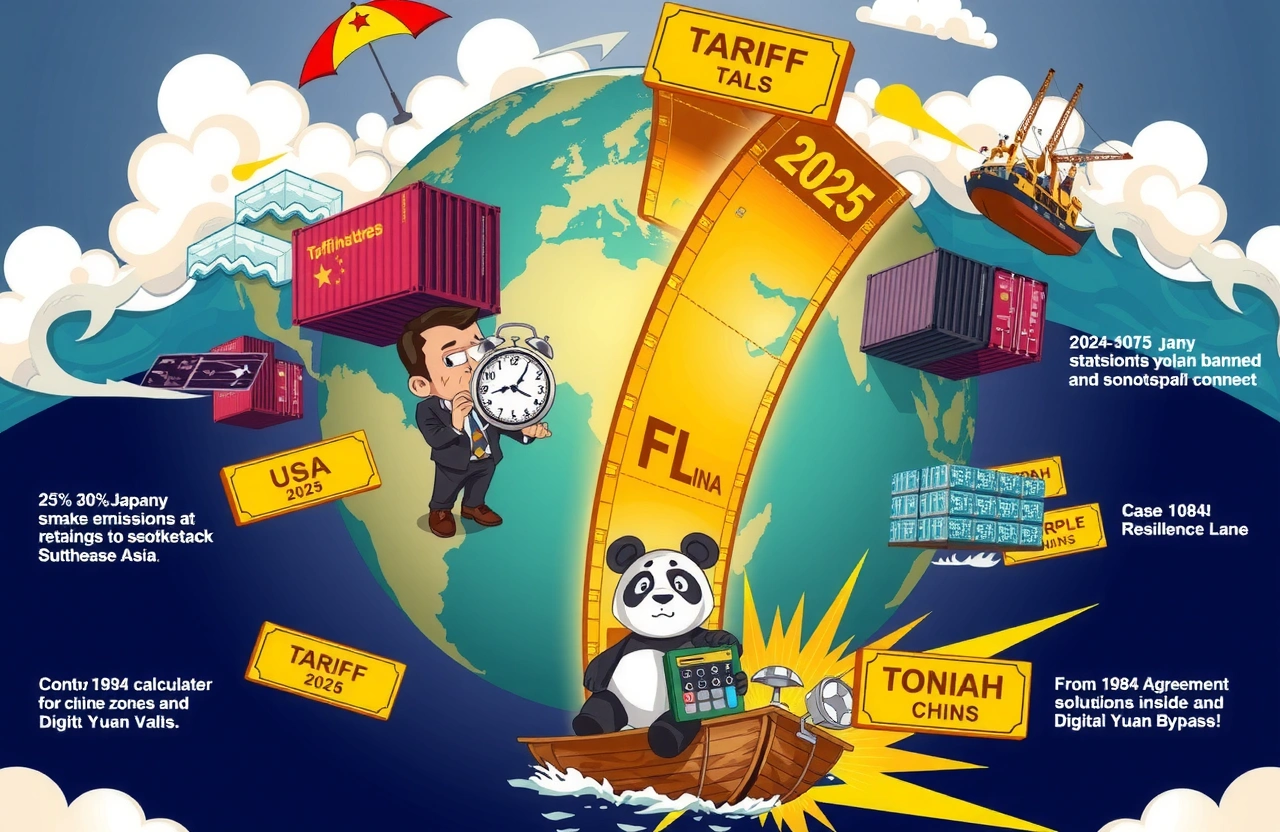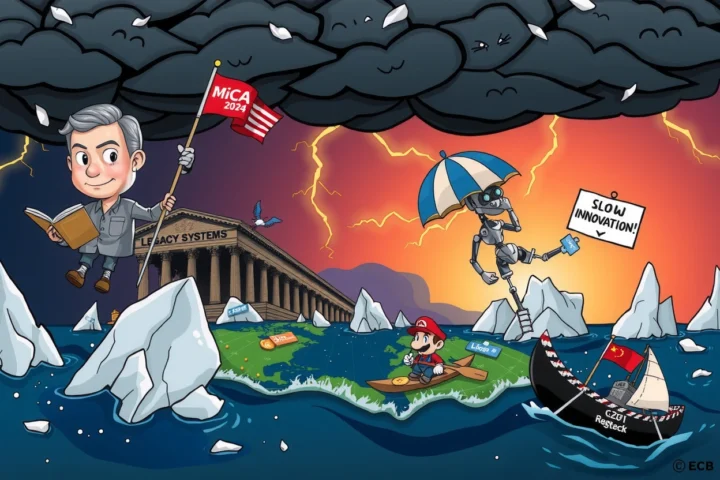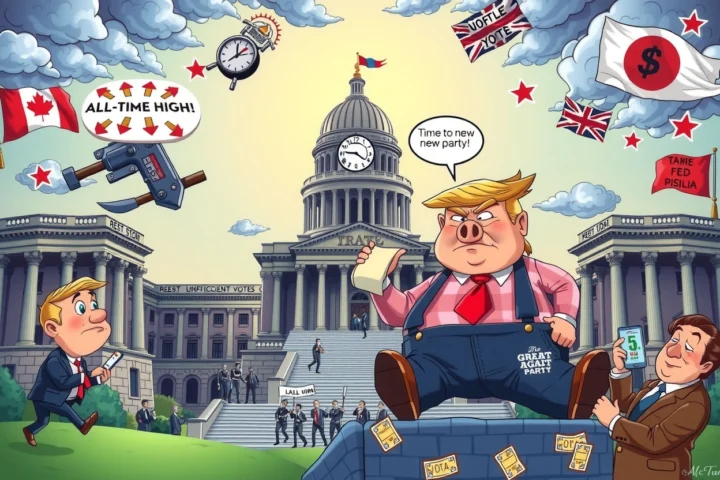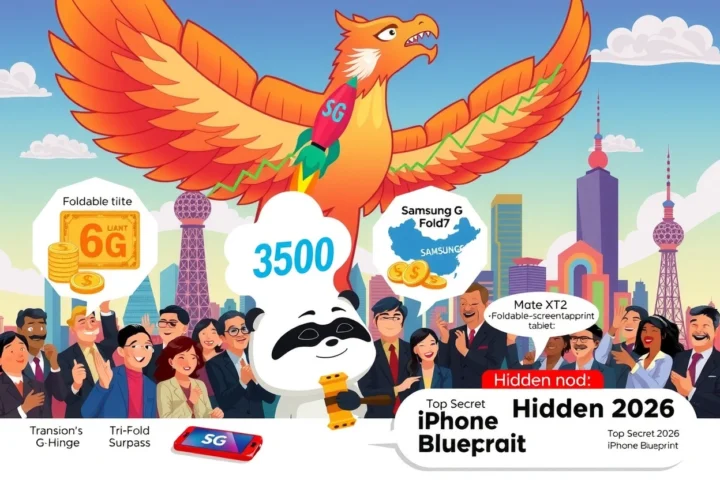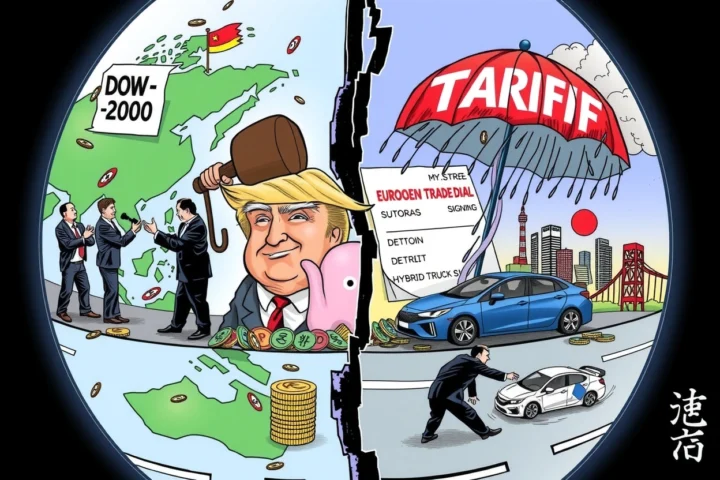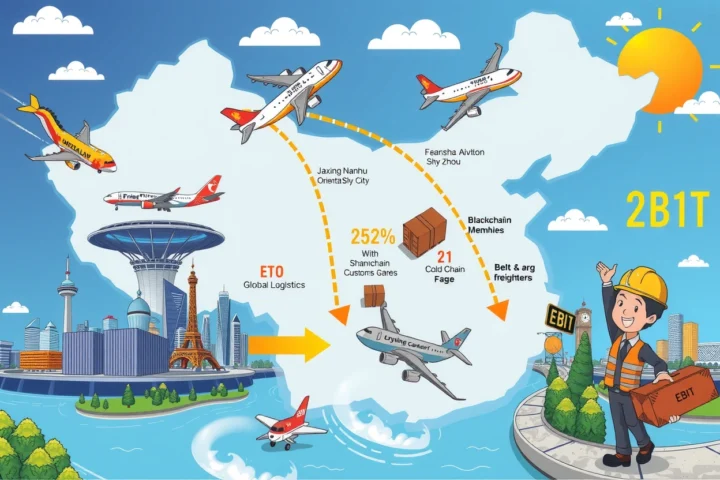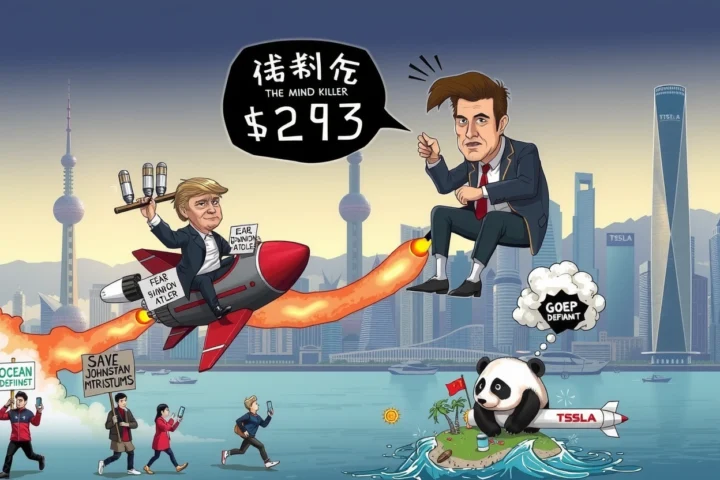Former President Donald Trump unexpectedly unleashed economic shockwaves across global markets with a midnight announcement of massive new tariffs targeting key US trade partners. The sweeping measures reveal a strategic escalation in trade hostilities that experts warn could accelerate deglobalization trends and trigger commodity price surges affecting consumers worldwide.
Decrypting Trump’s Late-Night Tariff Salvo
In an unprecedented move delivered through midnight social media communiqués, Trump unveiled punitive tariffs against 14 nations set to activate August 1st. The announcement blindsides trade partners and reveals deliberate timing to maximize market impact while minimizing coordinated international countermeasures.
Targeted Nations and Tariff Structures
The policy penalties create layered economic pressure zones:
- Upper Tier (25%-30% tariffs): Japan, South Korea, and Kazakhstan
- Mid-Level (30%-35% tariffs): Bosnia, Indonesia, Serbia
- Severe Penalties (36%-40% tariffs): Cambodia, Laos, Myanmar
Notably, each tariff letter contained explicit threats of secondary penalties if nations pursue trans-shipment workarounds through third countries like Vietnam or Mexico, as documented in Wall Street Journal analysis of supply chain vulnerabilities.
Immediate Market Turmoil
The shock announcement triggered immediate volatility:
- Dow Jones plummeted 0.94% overnight
- Asian automakers absorbed punishing blows: Nissan (-7%), Toyota (-4%)
- Korean tech stocks collapsed: LG Display (-8%), SK Telecom (-7%)
Market responses mirrored investor concerns about disrupted supply chains across electronics, automotive, and industrial sectors worldwide.
Strategic Geopolitical Gambit
The selective targeting provides insights into Trump’s geopolitical maneuvering:
The EU Asterisk
Significantly, the European Union remained absent from initial tariff notices despite being America’s largest goods trading partner. EU Commission spokesman Daniel Ferrie confirmed ongoing negotiations for a July 9th framework agreement—reflecting Washington’s carrot-and-stick diplomacy toward strategic allies.
The Producer Relocation Incentive
Buried in tariff documents emerges Trump’s core objective: the unprecedented provision granting penalty waivers for manufacturers establishing US production facilities. This pressures multinationals like Toyota and Samsung toward American reshoring decisions.
Potential Cascade Effects
The tariff architecture creates dangerous escalation dynamics:
- The automatic retaliation clause pledges matching increases for nations imposing reciprocal tariffs
- Emerging Southeast Asia bears disproportionate impact despite minimal US trade exposure
- Vulnerable industries ranging from Korean semiconductors to Thai agricultural exports face existential threats
As Brookings Institution scholar Jung Pak observed: “The nuclear option in trade weaponization risks creating permanent fractures in the postwar economic order” (Brookings analysis).
Corporate Survival Strategies
Business leaders are scrambling for adaptation frameworks:
Supply Chain Reshoring Calculations
The relocation waiver clause forces urgent cost-benefit analyses comparing tariff exposure versus US manufacturing startup expenses. Energy-intensive industries gain advantage in states with cheap natural gas.
Currency Hedging Imperatives
- Heightened FX volatility demands options coverage
- Commodity importers face inflationary pressures requiring price passthrough strategies
Historical Context: From 2018 to 2025
Compared to Trump’s earlier trade wars, the 2025 offensive demonstrates evolution:
- Selective targeting replacing broad-brush China tariffs
- Incorporation of production incentives absent from previous sanctions
- Coordinated midnight announcement showing refined psychological tactics
Politico trade reporter Sabrina Rodriguez warns: “The surgical precision suggests extensive contingency planning during Trump’s interim period” (Politico report).
Navigating the New Trade Landscape
With Washington signaling additional nations will receive tariff notifications, corporate executives must prioritize:
- Supply chain stress-testing against tariff waterfalls
- Developing transparent pricing strategies for consumer markets
- Establishing governmental affairs units for tariff exclusion petitions
- Exploring relocation incentives in tariff-free US zones
The policy revolution initiated in midnight tweets requires immediate strategic recalibration. Organizations tracking Customs and Border Protection guidance daily through official portals hold crucial advantage in weathering this global trade transformation.


